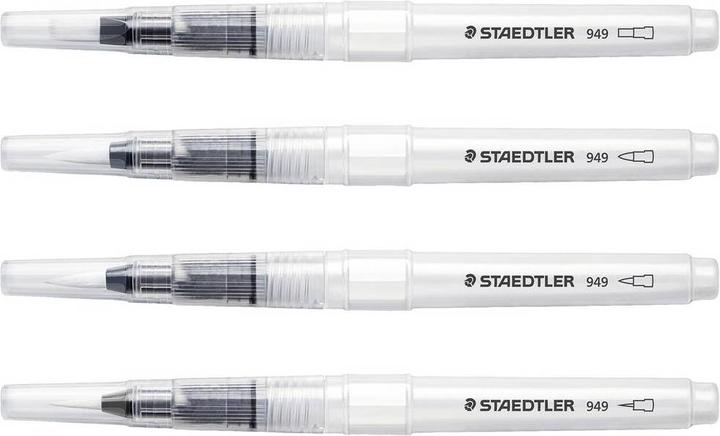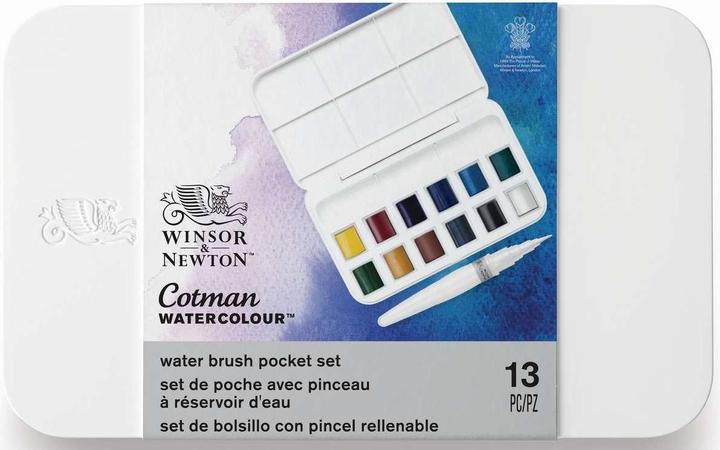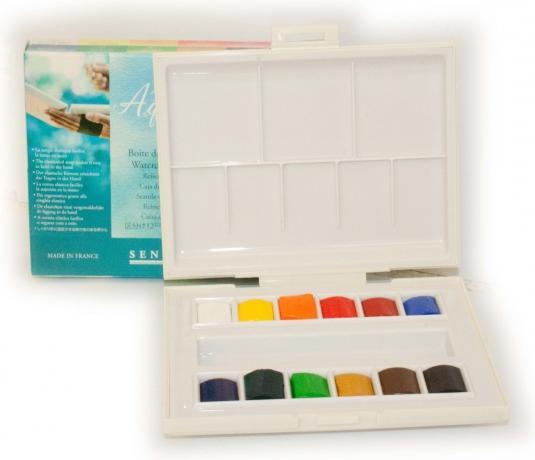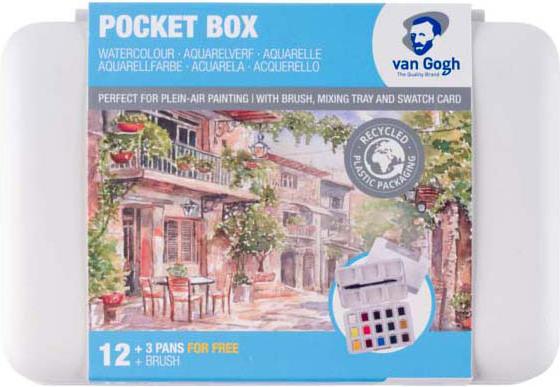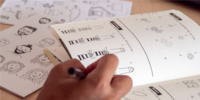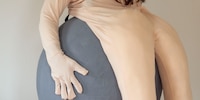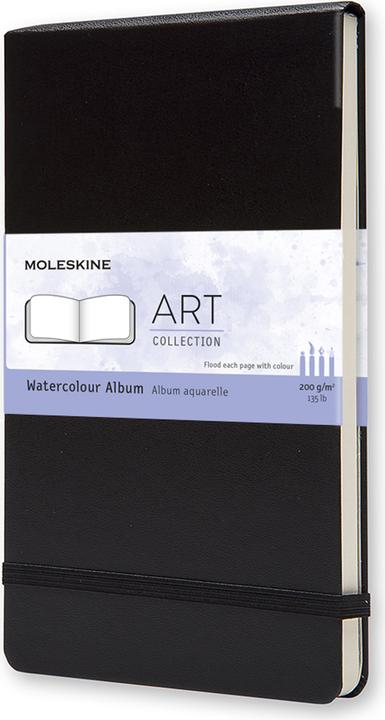

Painting on the train? With a few tricks you can be relaxed and creative
I shortened a nine-hour train journey with a watercolour travel journal. With my tips, you're sure to succeed too.
A train journey is fun, a train journey is beautiful. But it can get on your nerves and can also be quite long.
What made this journey sweeter was my small, improvised studio by the train window - and the idea of keeping a watercolour travel journal on the way. Instead of getting annoyed about the delay, I concentrated on the colours, shapes and passing landscapes.
A painted diary is not only a creative distraction, but also a wonderful memento of a journey - no matter how fast or on time the train is travelling. All you need is a watercolour sketchbook, watercolours, water brushes and a mug to start painting on the go.
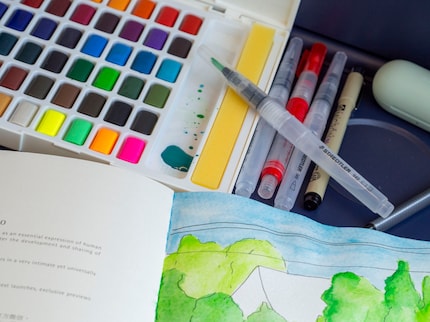
I place the paint box on the fold-out train table and put the sketchbook next to it. My painting studio looks a little cramped, but luckily my neighbour and fellow editor Lorenz doesn't feel bothered by it.
So I open the book, watch the landscape from the window and wait for a suitable scene to pass me by. I catch sight of a red house roof peeking out amidst lush green bushes and trees. I can remember that. We're ready to go.
And that's where the practical test begins. Here are my most important findings and tips for anyone who would like to wield a paintbrush on the train.
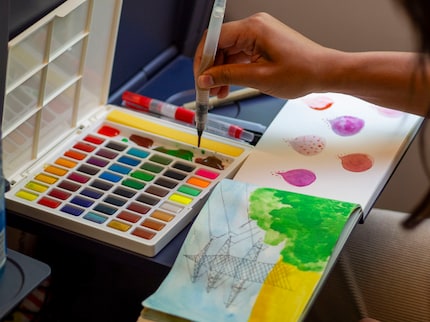
Tip 1: Fill the brush before the journey
On the journey, I test the brushes with water reservoir from Staedtler and Caran d'Ache. These have the advantage over conventional brushes that the water comes directly out of the pen. But I would have to fill them in advance. Which of course I forgot to do. So I take my water bottle and empty the contents into the containers. Or rather onto my trousers.
«I wish I'd done that before the journey», I think to myself. My clothes are starting to get wet and I come up with an unconventional idea: I could pour the water from my mouth into the Staedler pens. I squeeze the container to create a vacuum and the water runs into the pens as if by itself.
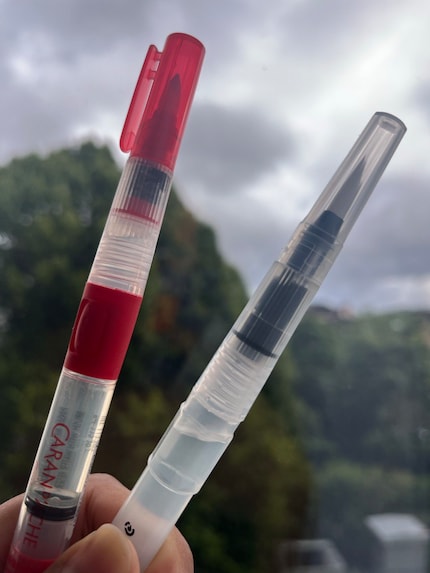
I don't need this unusual method with the Caran d'Ache brush. When I pull the back of the pen, water is drawn into the container at the front. Simply ingenious and, to be honest, the more appetising option. The downside: the tip of the pen is not flexible and is more reminiscent of a felt-tip pen than a brush.
Tip 2: A handkerchief for all occasions
Watercolour - the name says it all: water takes centre stage. Even if there is usually only a little of it when painting, a small amount is left over at the end. And I don't want that to end up in my rucksack. That's why I always have a few handkerchiefs to hand. They make it easy to wipe up the coloured puddle at the end. They also come in handy while painting, for example to dab the brush or the paint.
Tip 3: A waterproof fineliner for the outlines
Good equipment is not an insider tip, but it does make painting noticeably easier. I usually start by drawing the outline of my subject with a fineliner and then colouring it in. I use the waterproof fineliner from Micron, which I love because its ink dries in no time at all. The outlines don't smudge once - even if I go over them several times with the watercolour.
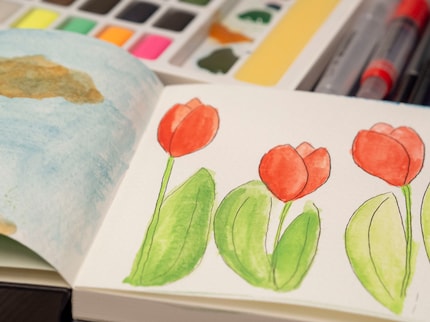
Tip 4: If it does get too tight
Depending on the seating conditions, I can well imagine the person in the next seat feeling cramped. Smaller watercolour paint boxes are designed precisely for this case - in other words, for travelling. They have a much smaller colour palette than the ones I have with me, but that's more than enough. Smaller watercolour paper blocks in A6 format are also suitable.
Tip 5: A shot cup for dripping
Because I'm on my way to Hamburg with my team and the Schlagermove just happens to be taking place there (you can find our experience report on this in this article), I have small shot cups with me. They are perfect as water cups to clean the brushes. Before I arrive, I stuff the tissue into them so that the liquid is absorbed and no water leaks out.
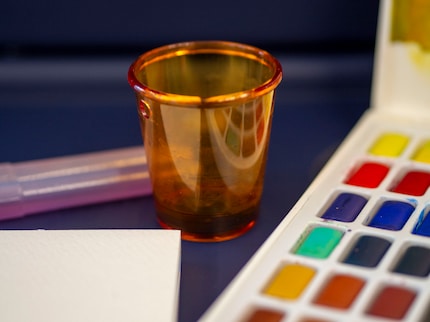
Provided you have a table in front of you, nothing should stand in the way of your watercolour journey. Then all you have to do is pluck up the courage - I don't always find this easy in public either - and dare to be creative. Then you'll be rewarded with wonderful memories at the end of an entertaining trip.
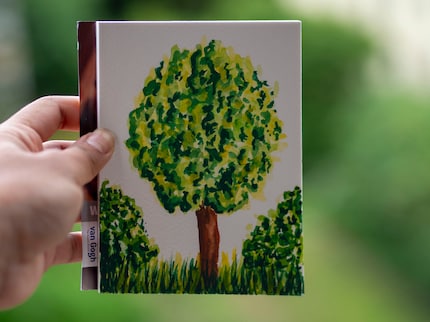
Want to know how to draw simple sketches that you can integrate into your everyday life? I have tested the Sketchbook Journal from Leuchtturm for you.
Painting the walls just before handing over the flat? Making your own kimchi? Soldering a broken raclette oven? There's nothing you can't do yourself. Well, perhaps sometimes, but I'll definitely give it a try.
Practical solutions for everyday problems with technology, household hacks and much more.
Show all
